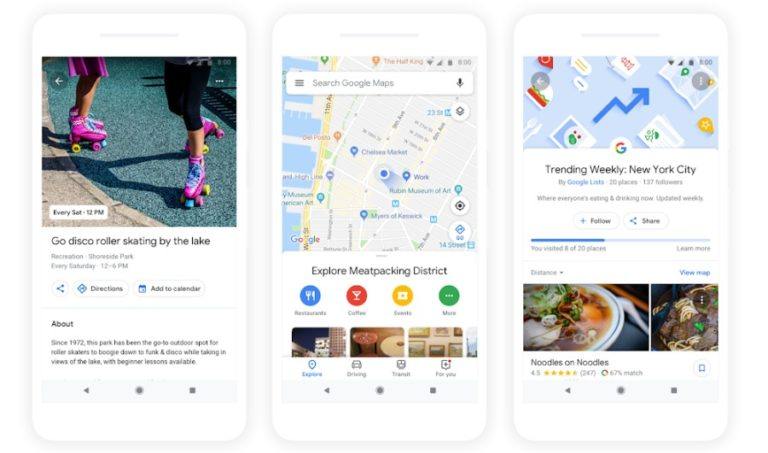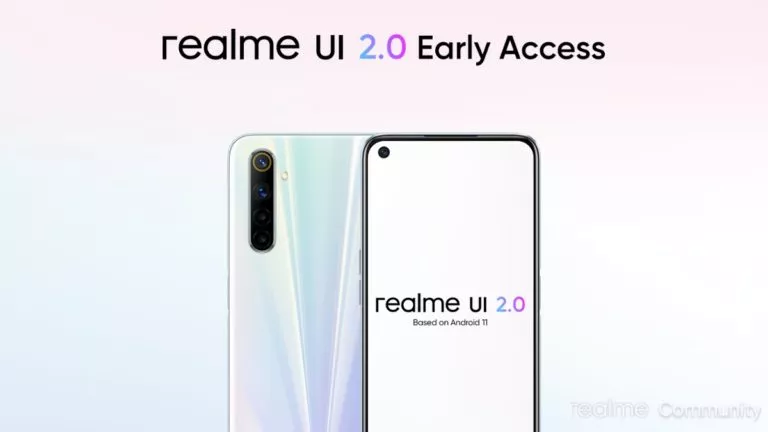TikTok Allegedly Suppressed “Ugly, Poor, And Disabled” Users’ Posts

TikTok, the Chinese video-sharing platform with over 800 million monthly users, reportedly discriminated against “ugly, poor, and disabled” users by suppressing their posts.
This information came into light when The Intercept obtained a company’s internal document, initially drafted in Chinese, and later translated into English for TikTok global offices. As per the document, besides discriminating against people who deemed “poor, ugly and disabled”, TikTok also instructed its moderators to censor political speech in TikTok’s live streams.
The moderators were clearly instructed to punish users who harmed “national pride” and said anything about “state organs such as the police.”
The company went as far as to scan videos for cracked walls and “disreputable decorations” in user’s homes. Anything with rural poverty, slums, beer bellies, and crooked smile was suppressed to attract less audience.
Josh Gartner, a TikTok spokesperson, told The Intercept that they are “no longer” using such Livestream guidelines, which reportedly were in use till late 2019. He also said that some of the guidelines reviewed by The Intercept were never even used.
When it comes to suppressing the content by “ugly” and “poor” users, Gartner commented that the “rules represented an early blunt attempt at preventing bullying, but are no longer in place, and were already out of use when The Intercept obtained them.”
However, what’s truly surprising is that TikTok’s internal document about “anti-bullying” never mentioned the word “bullying” even once.
The document clearly mentions that posts by users with “ugly facial looks, lack of front teeth, senior people with too many wrinkles, obvious facial scars, crooked mouth disease, and other disabilities” will be unattractive for viewers. Also, if the “character’s appearance or the shooting environment is not good,” then the video is not “worth recommending to new users.”
And this is not all — there another bunch of guidelines were mentioned in the document for such videos. For more details, you can refer to the original report by The Intercept.






